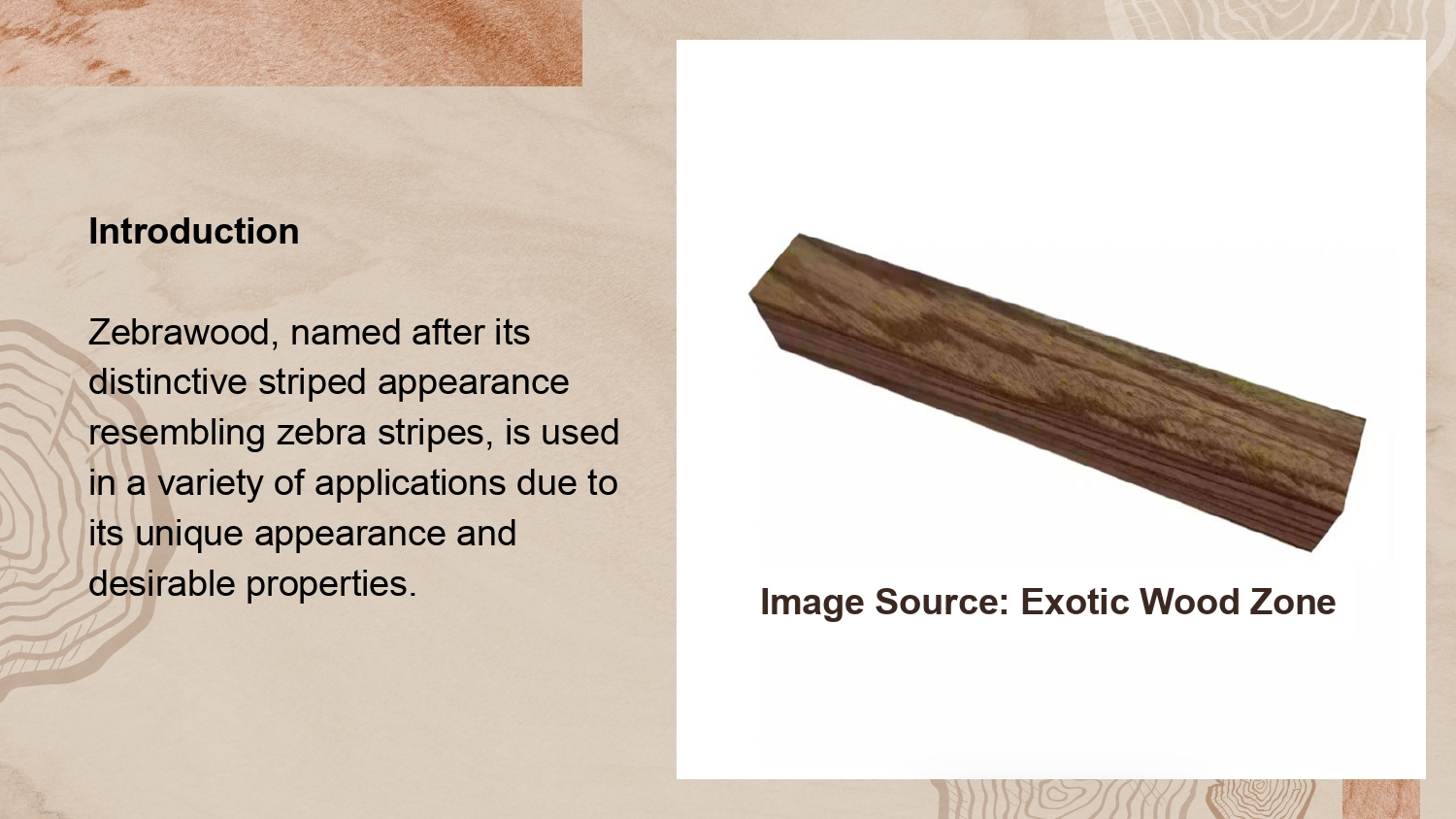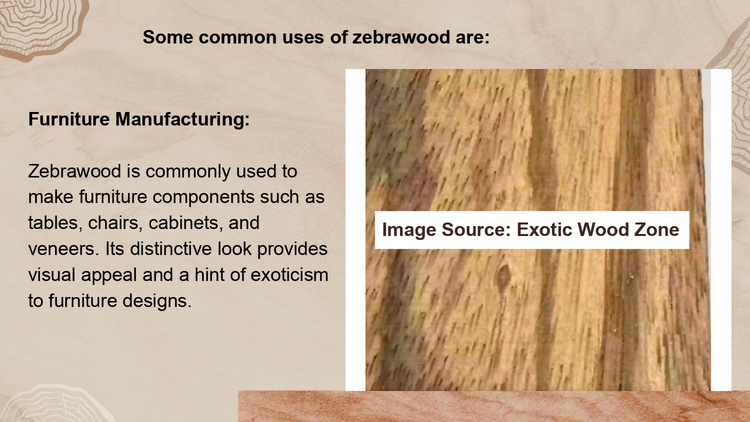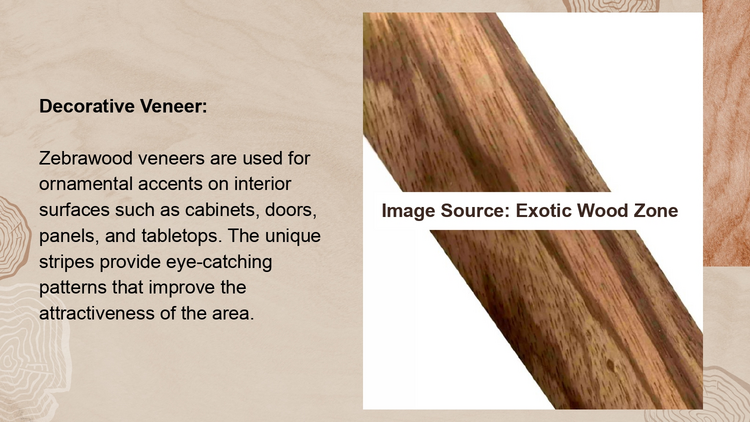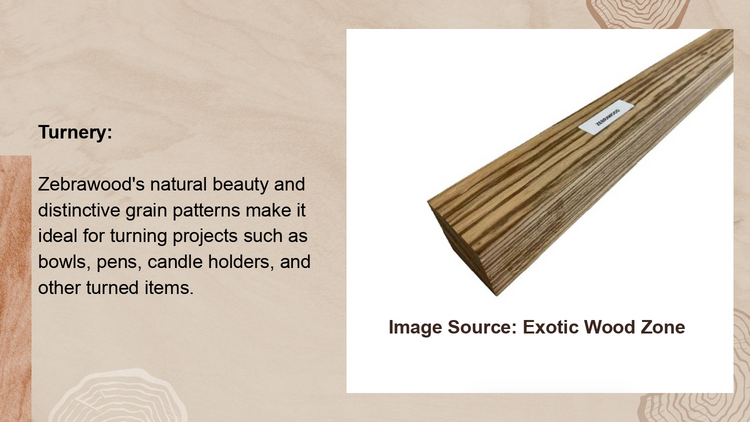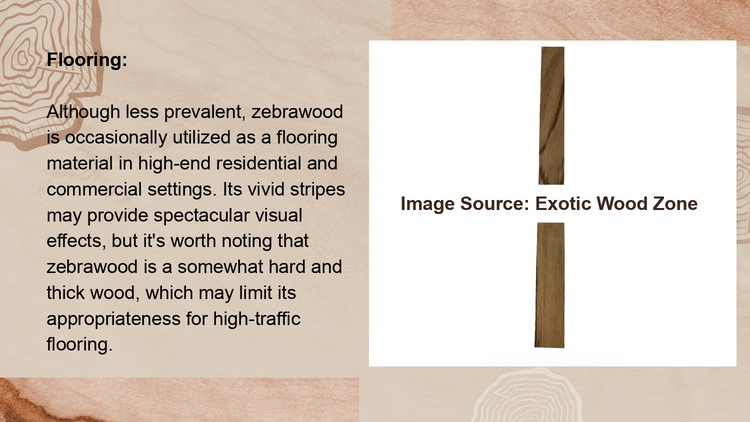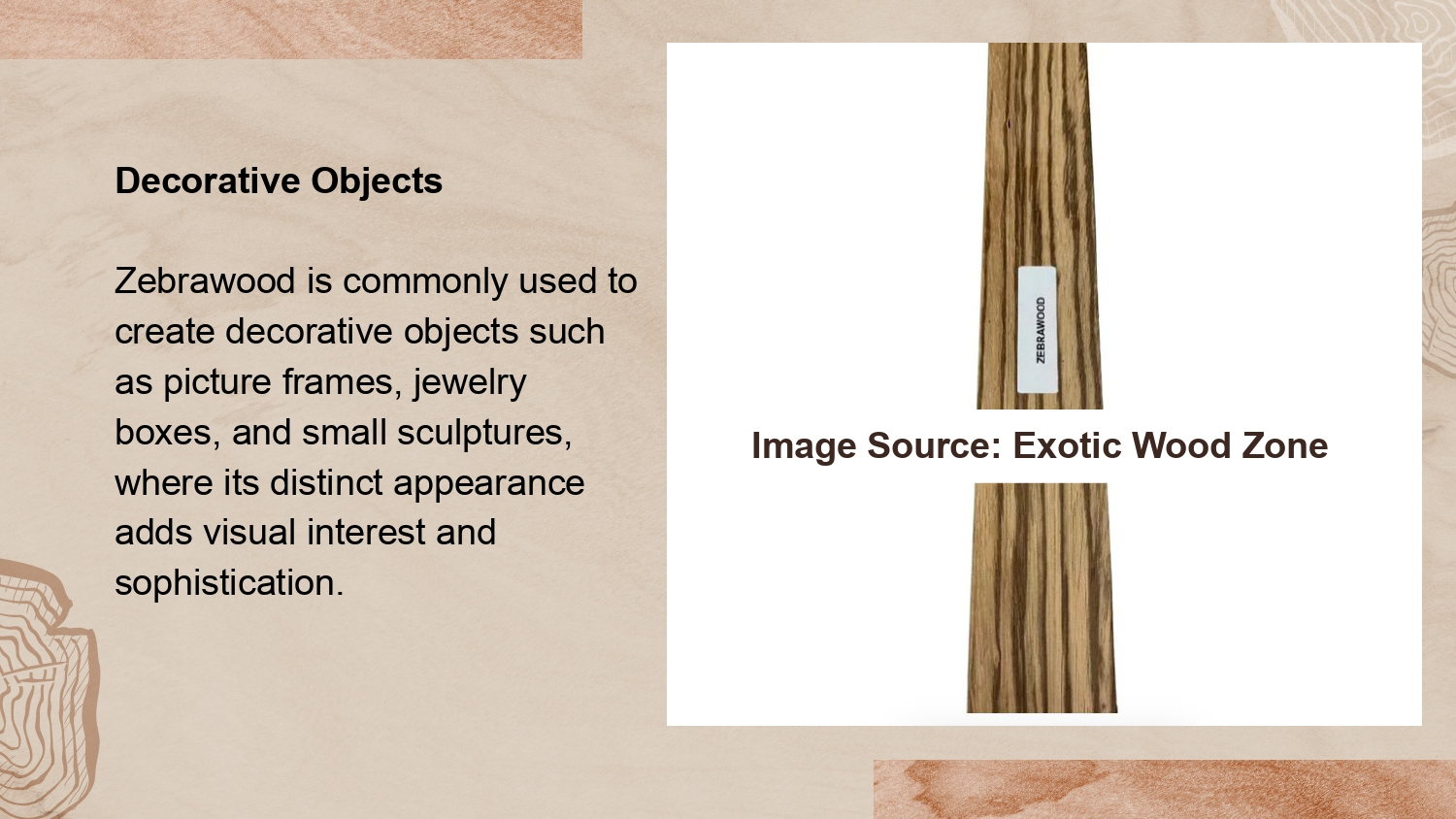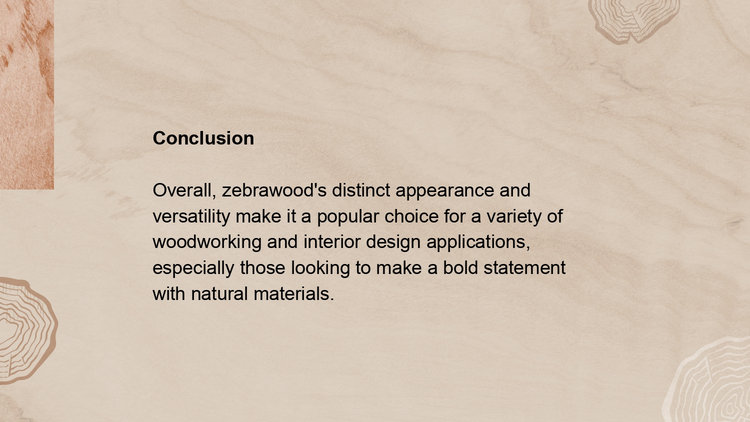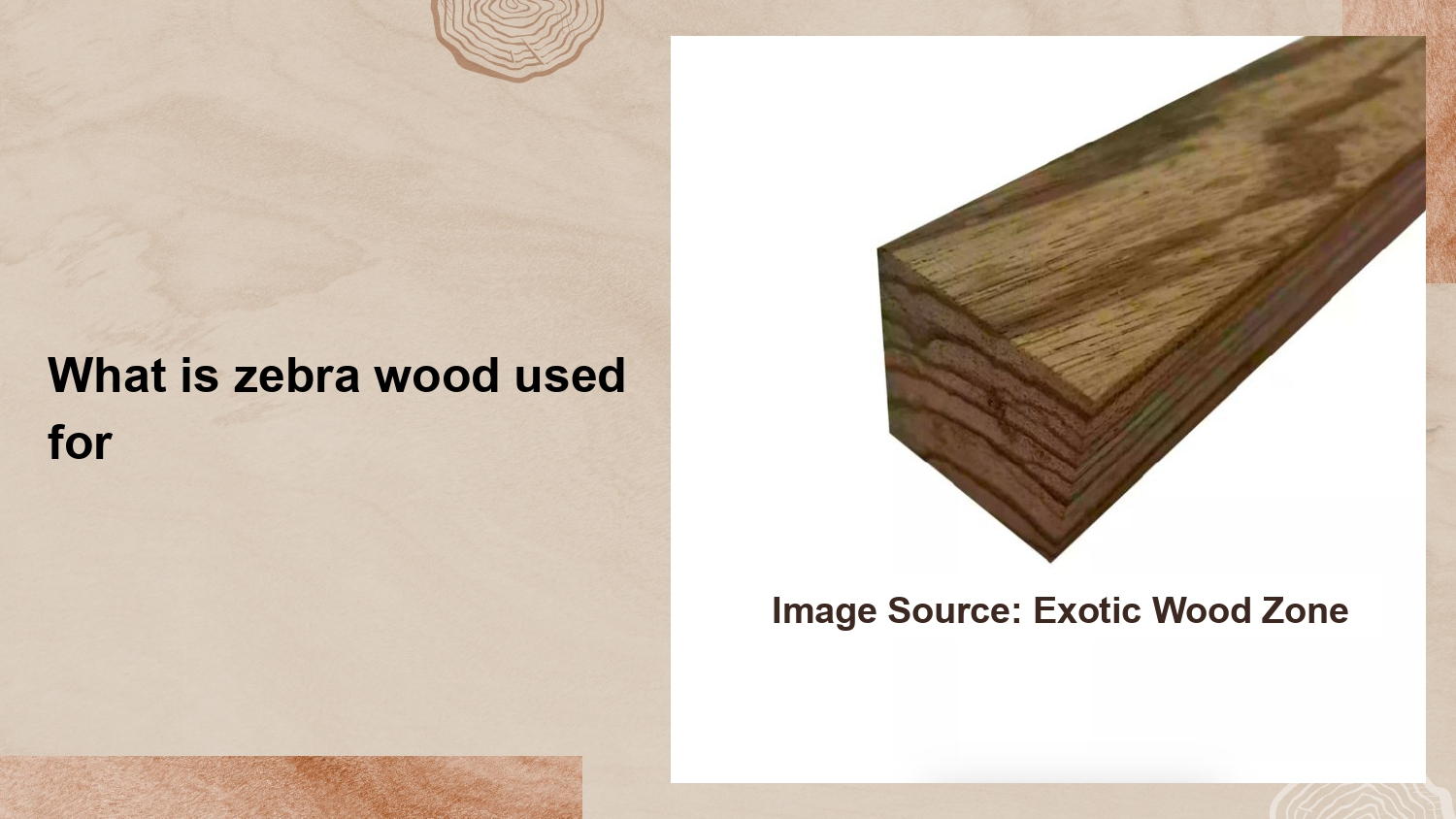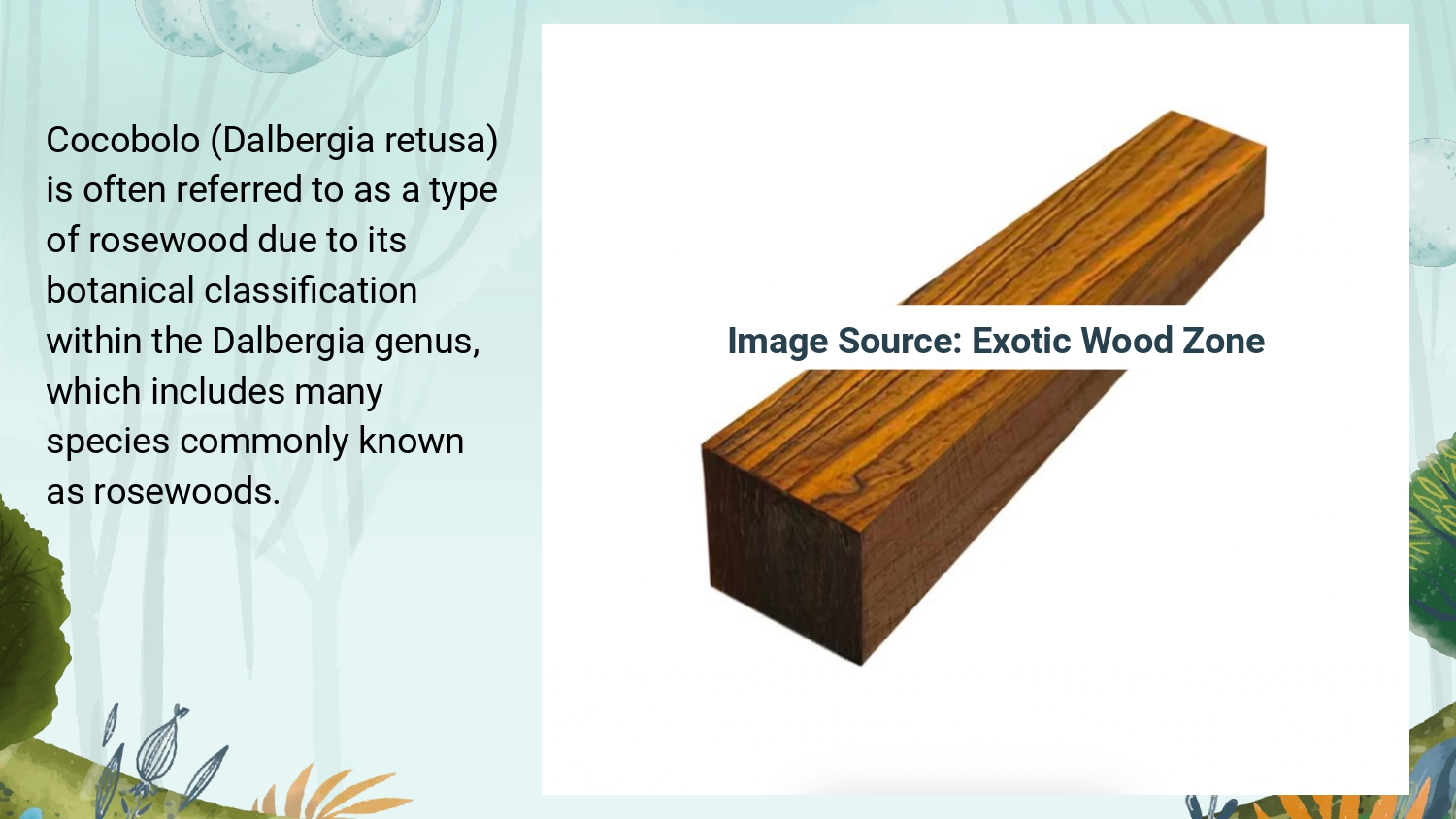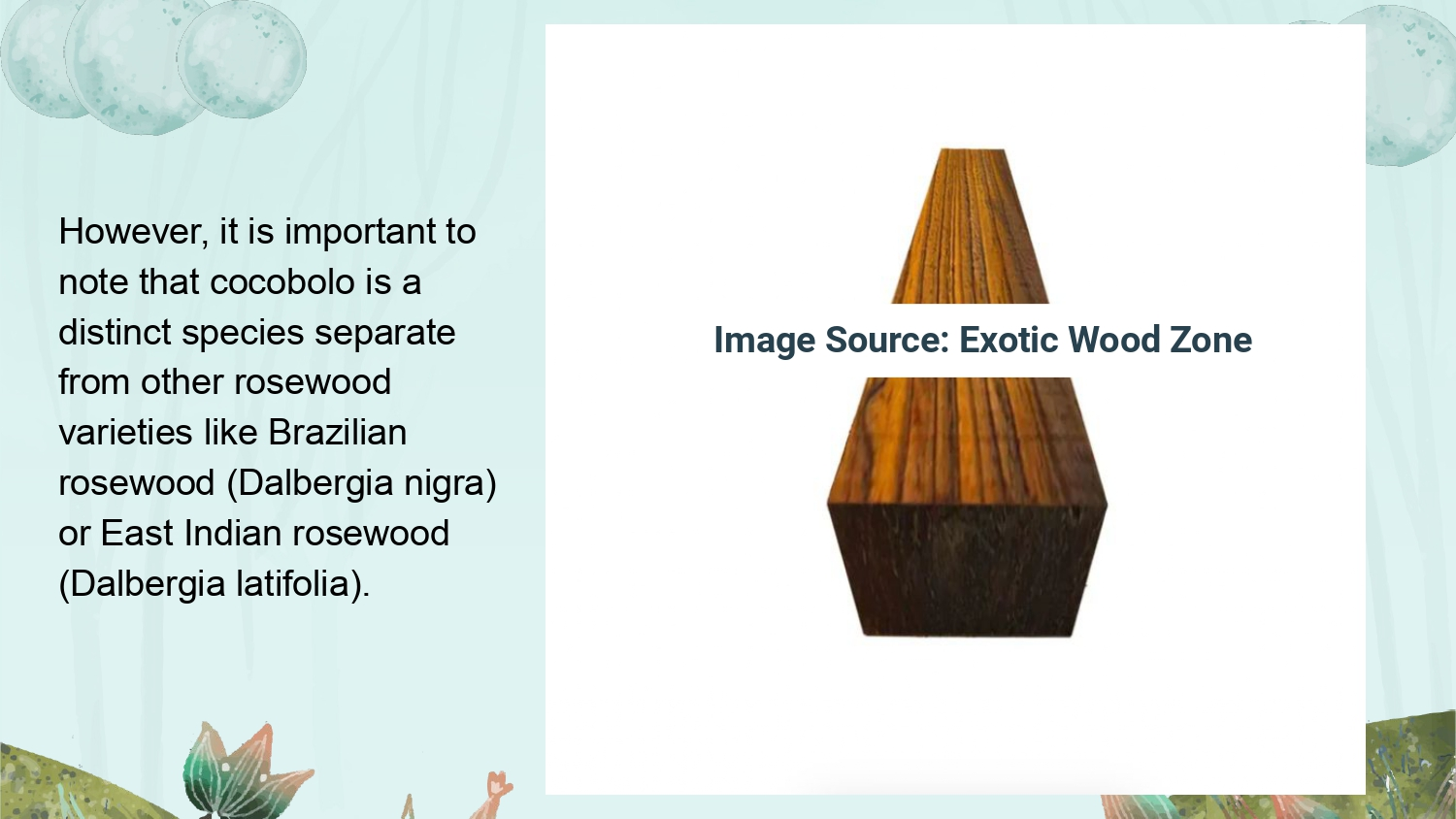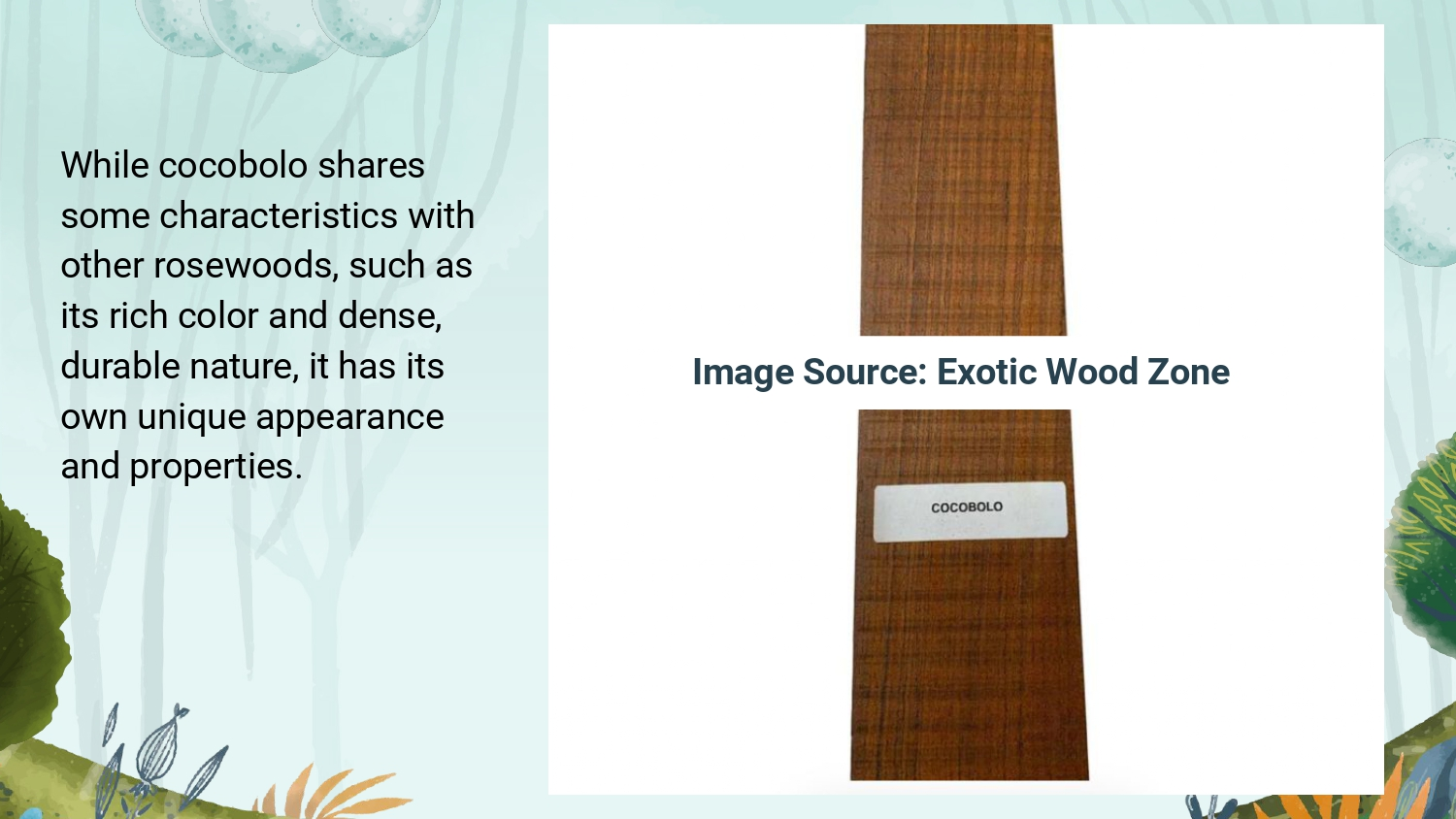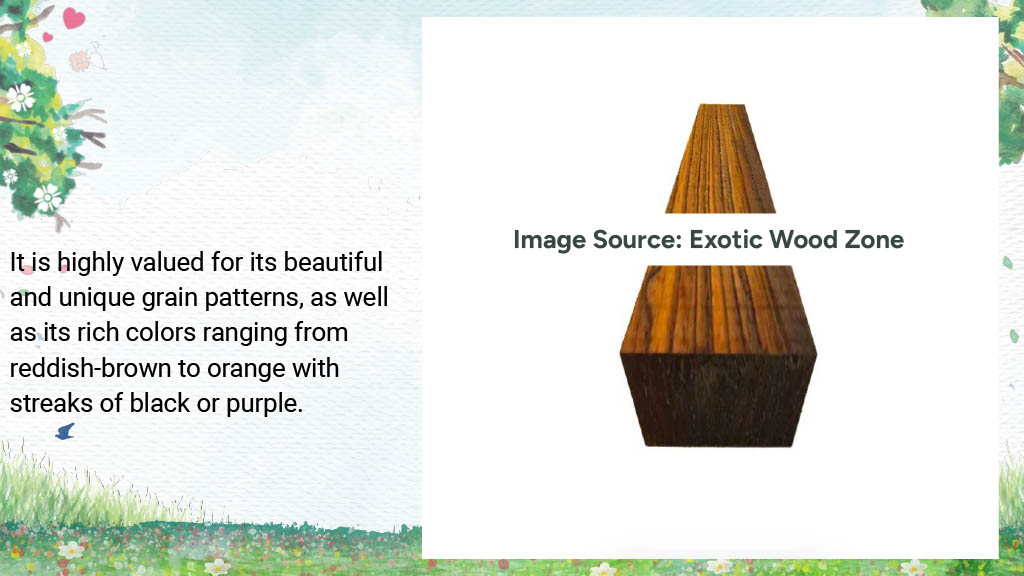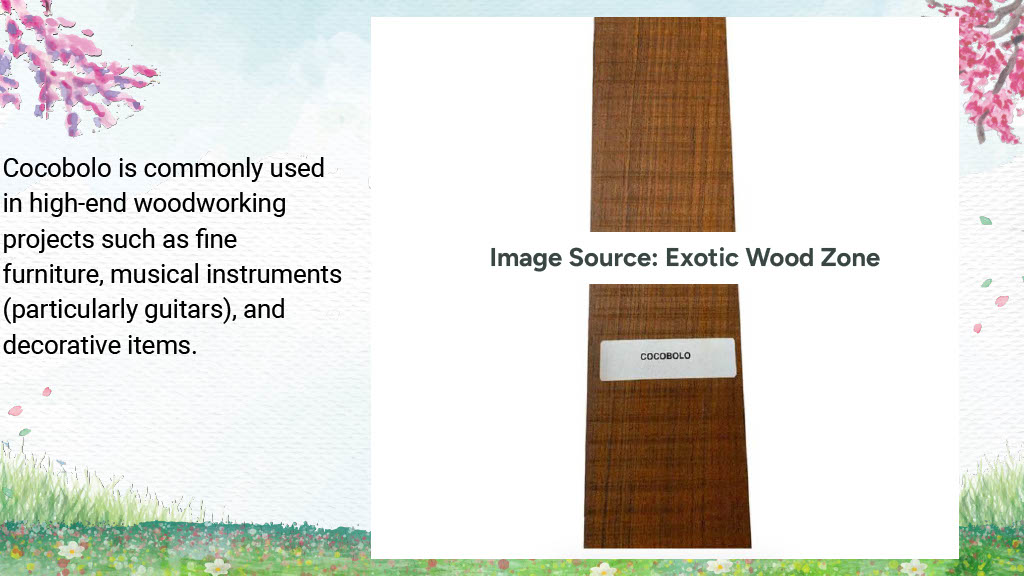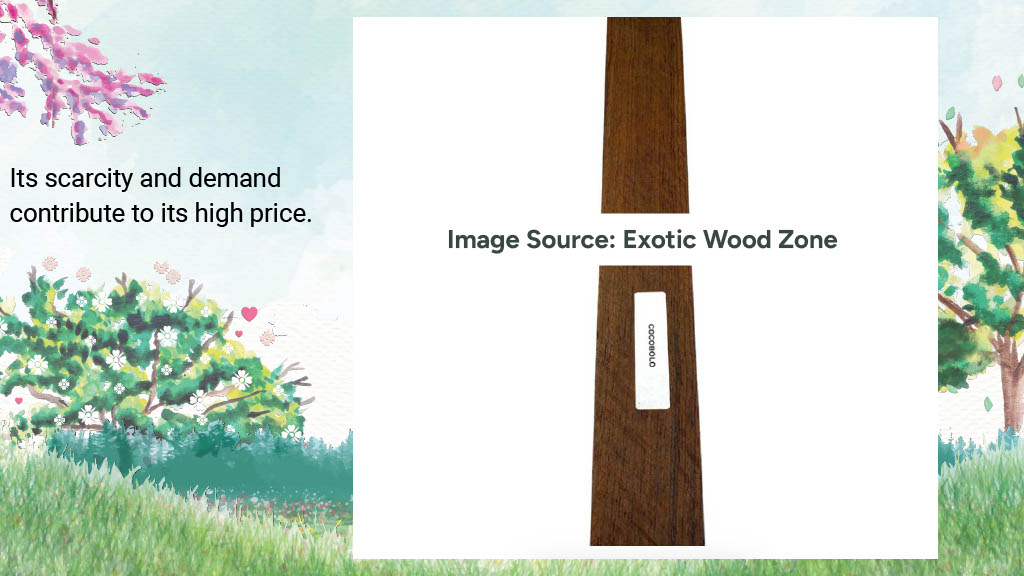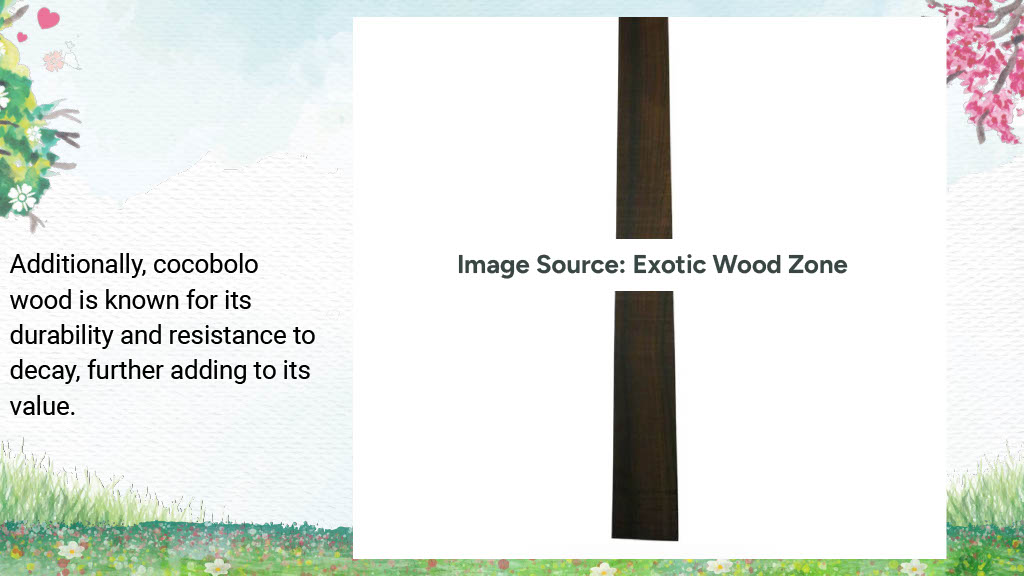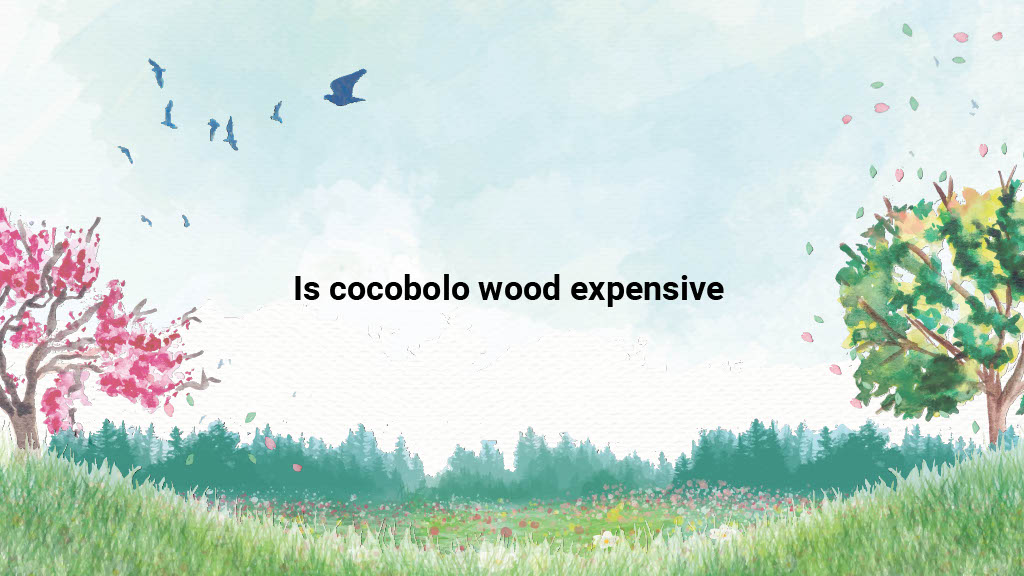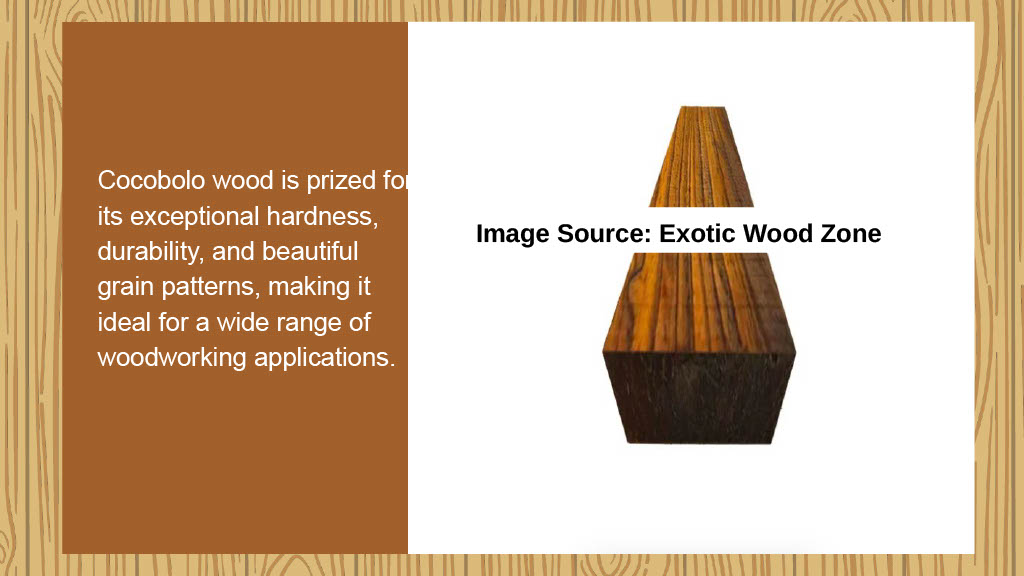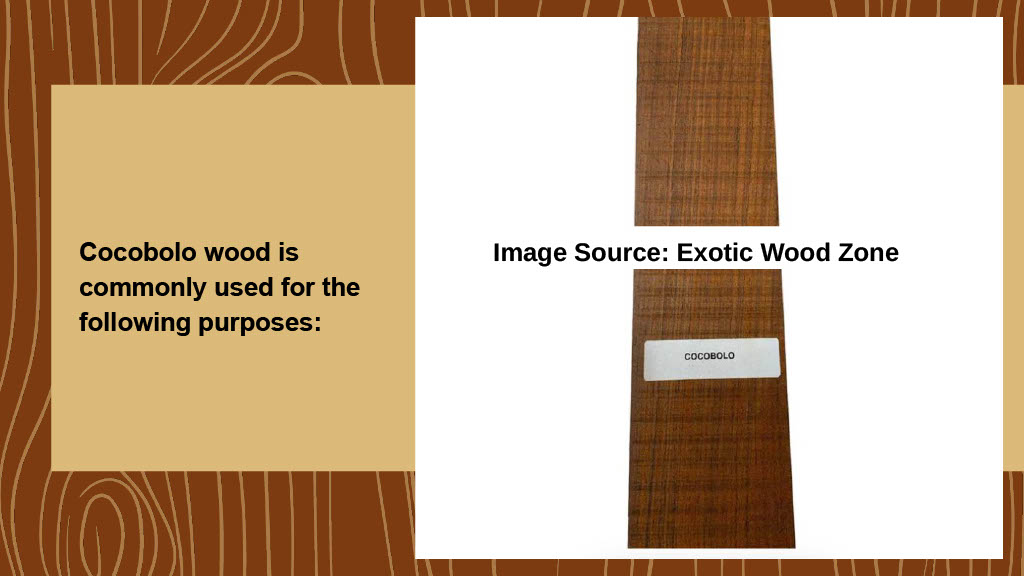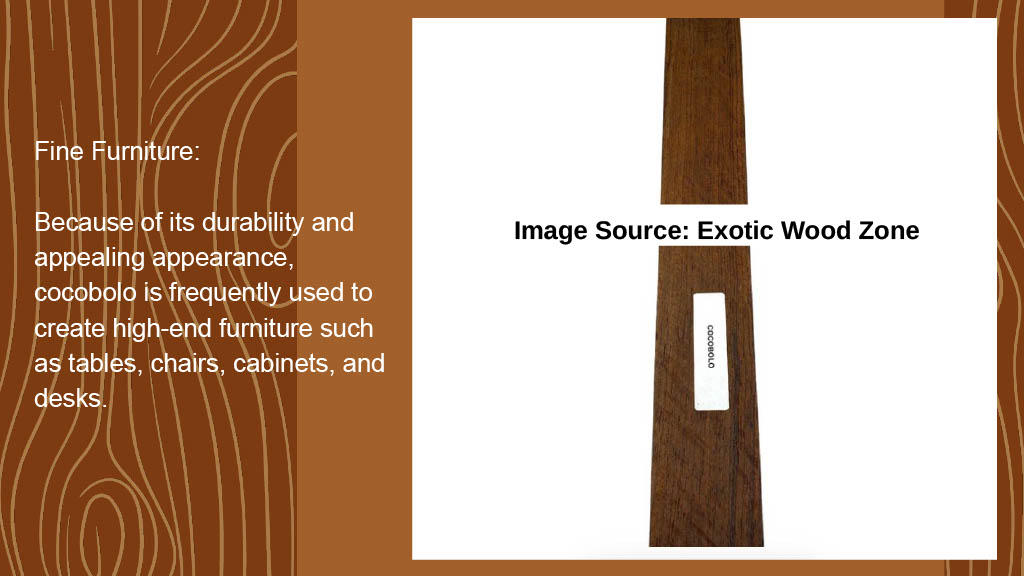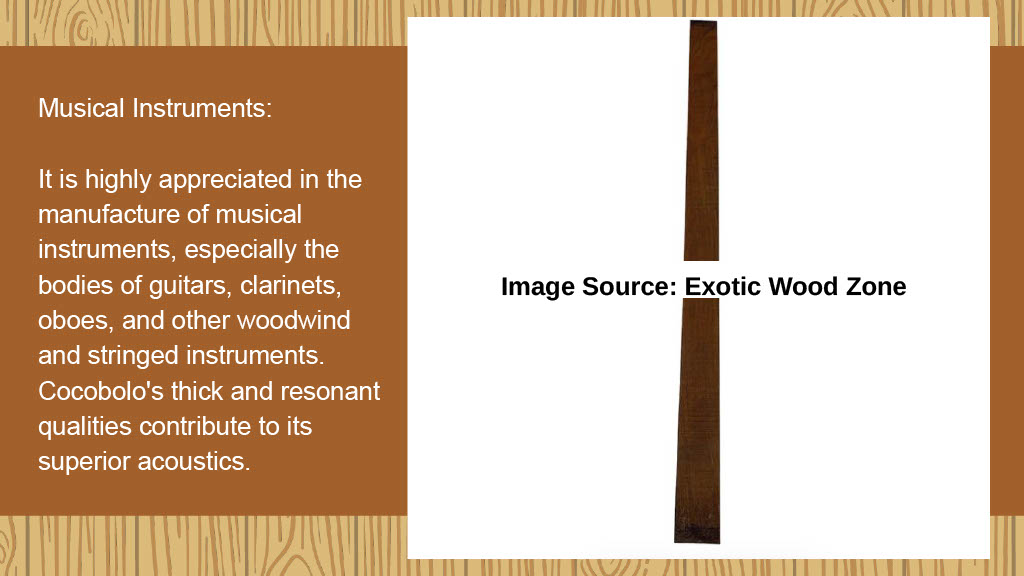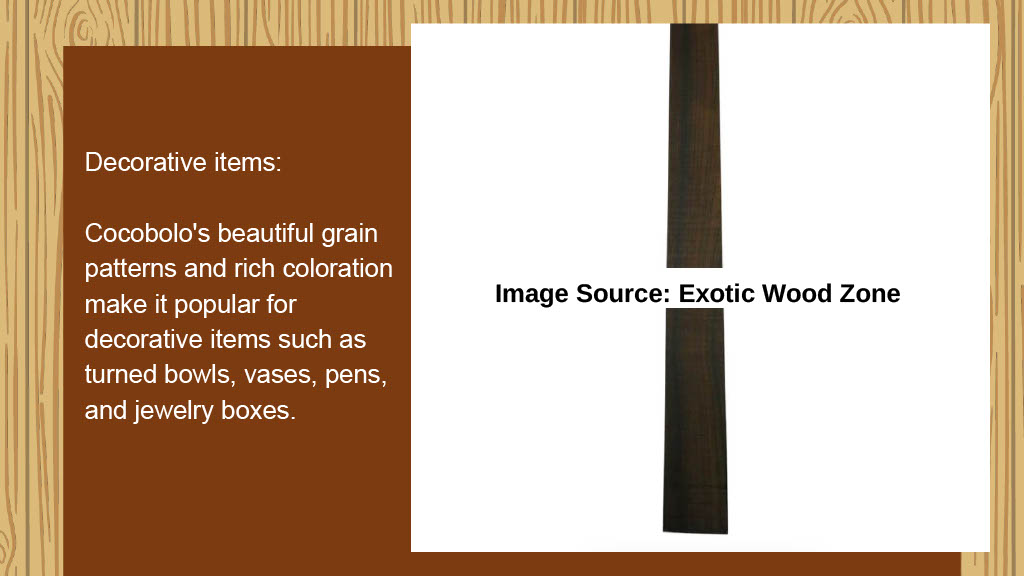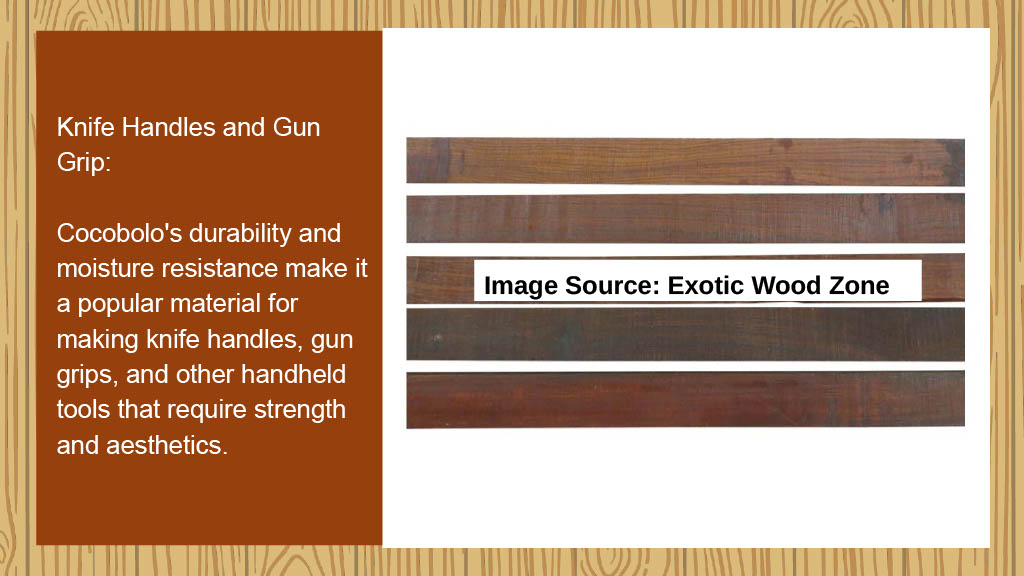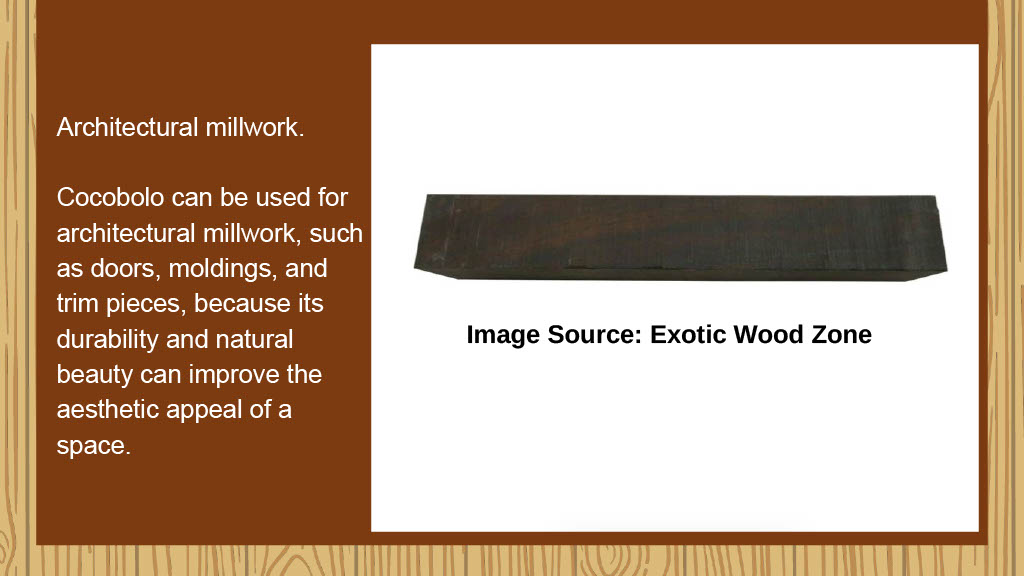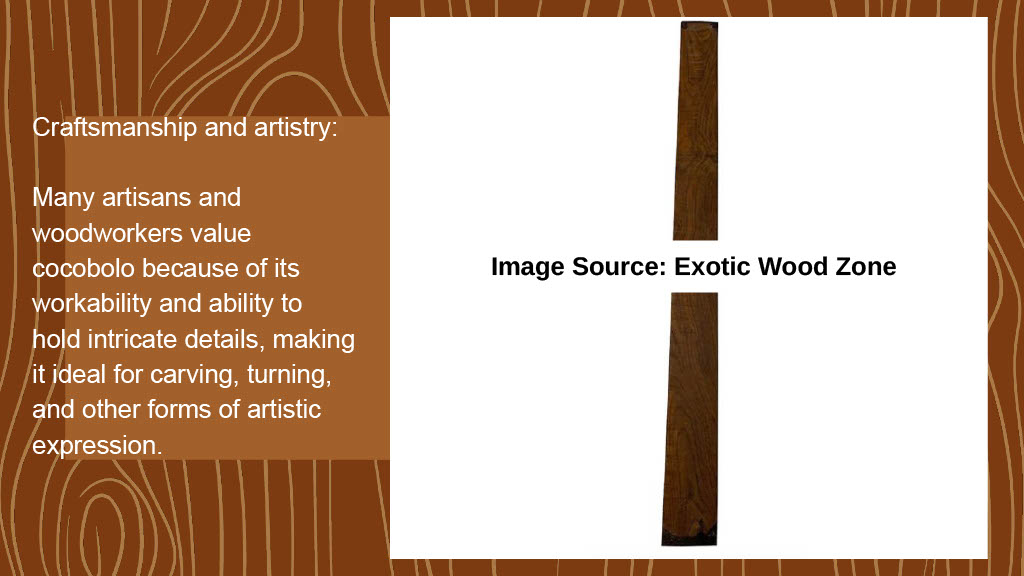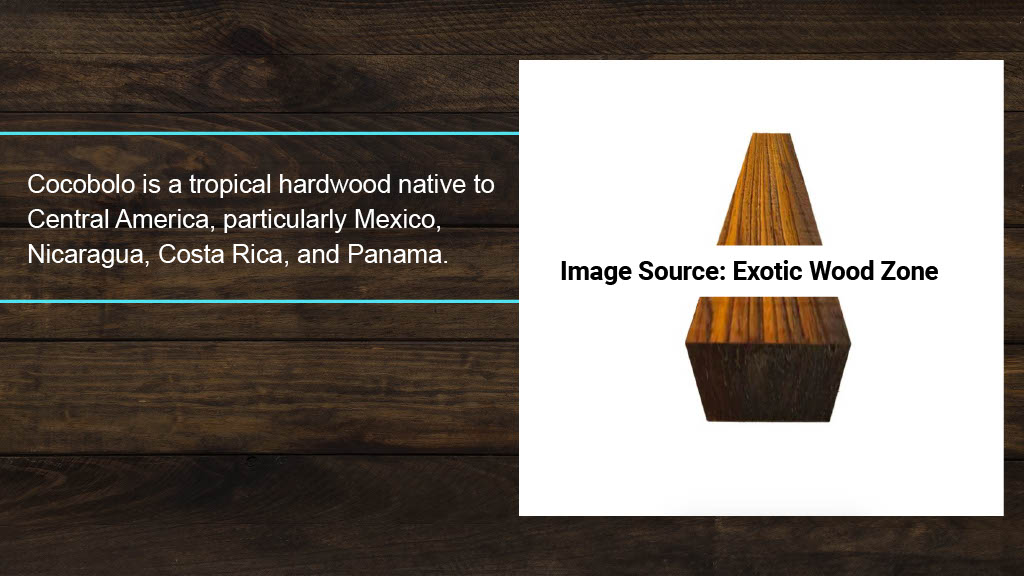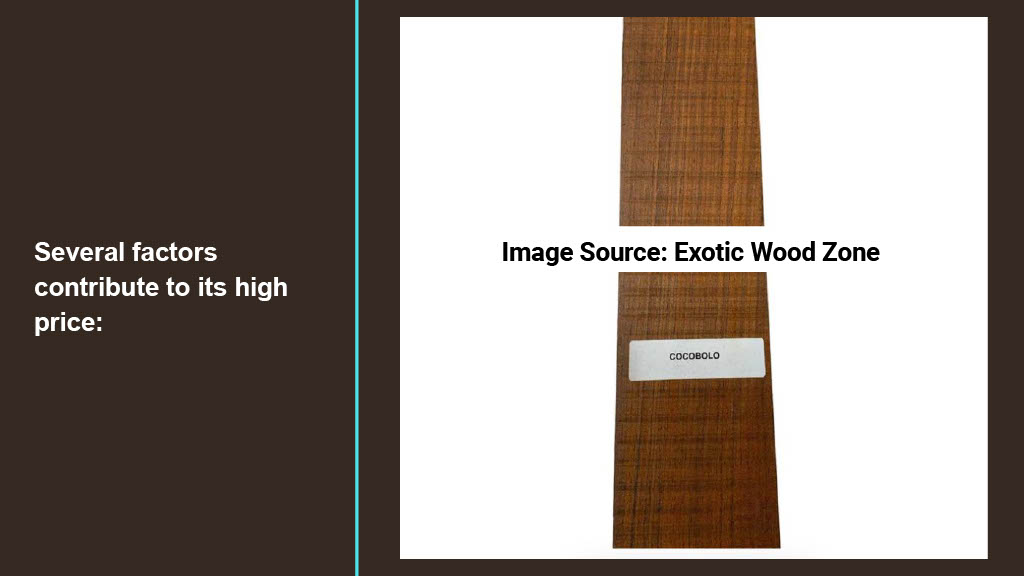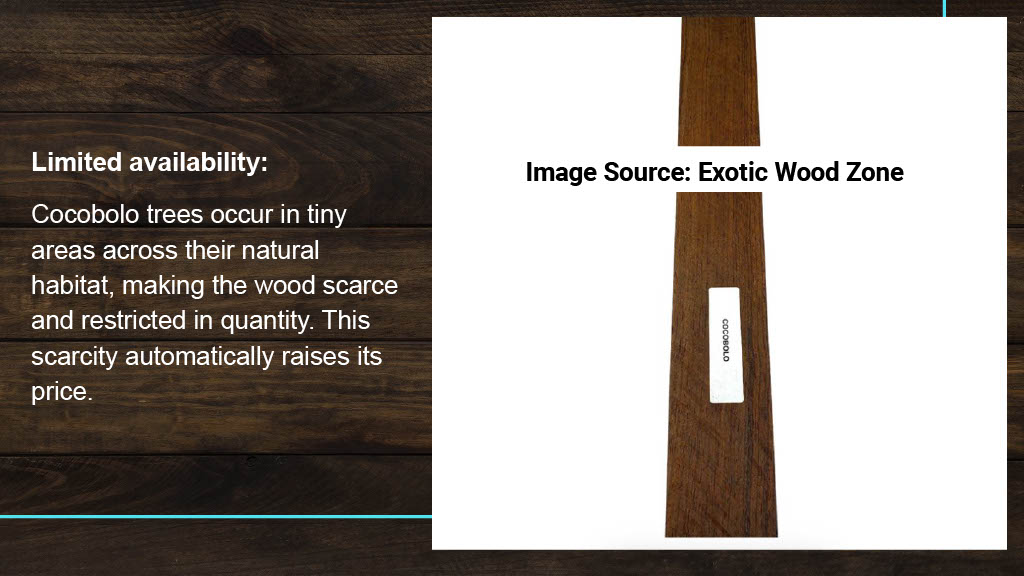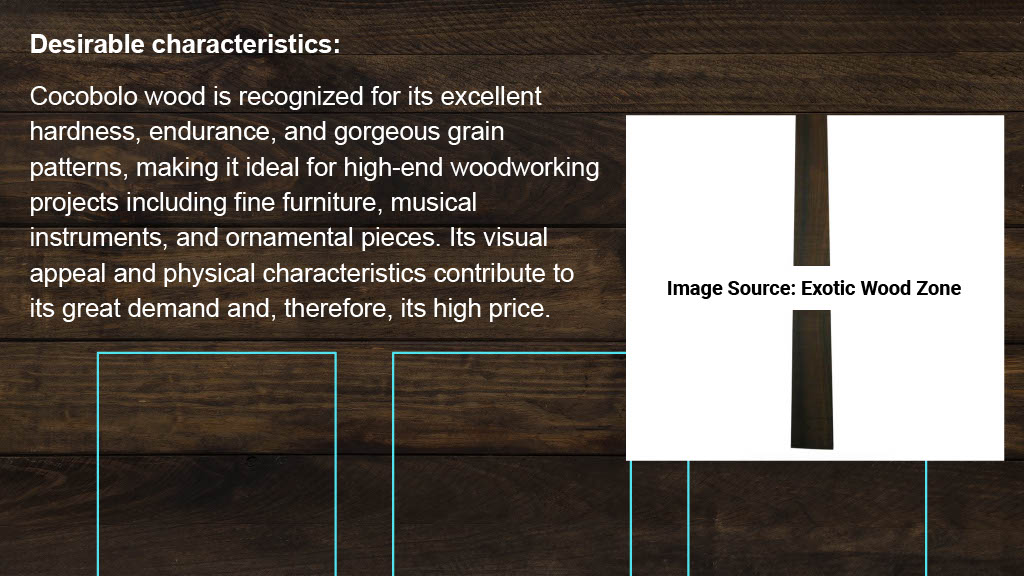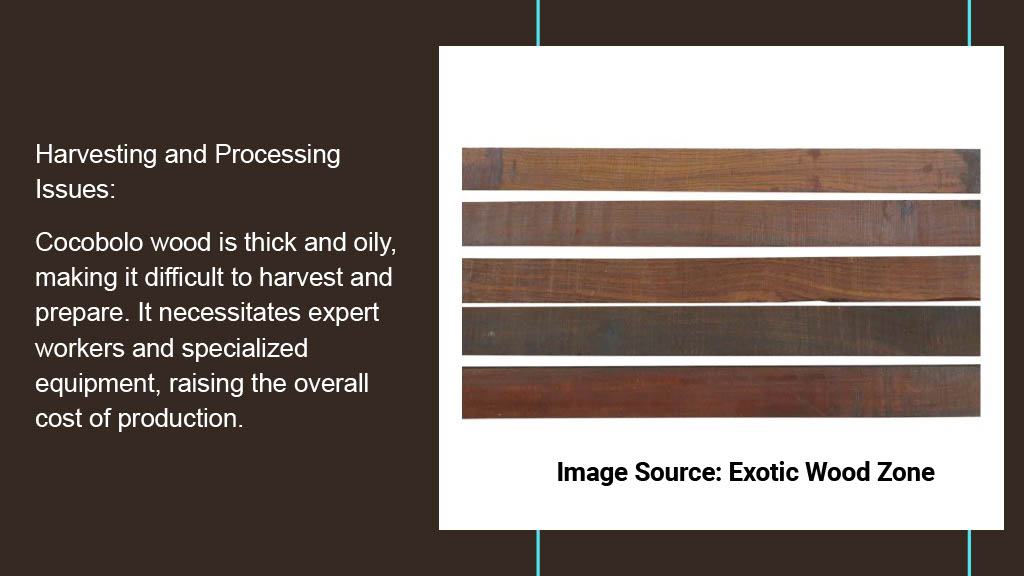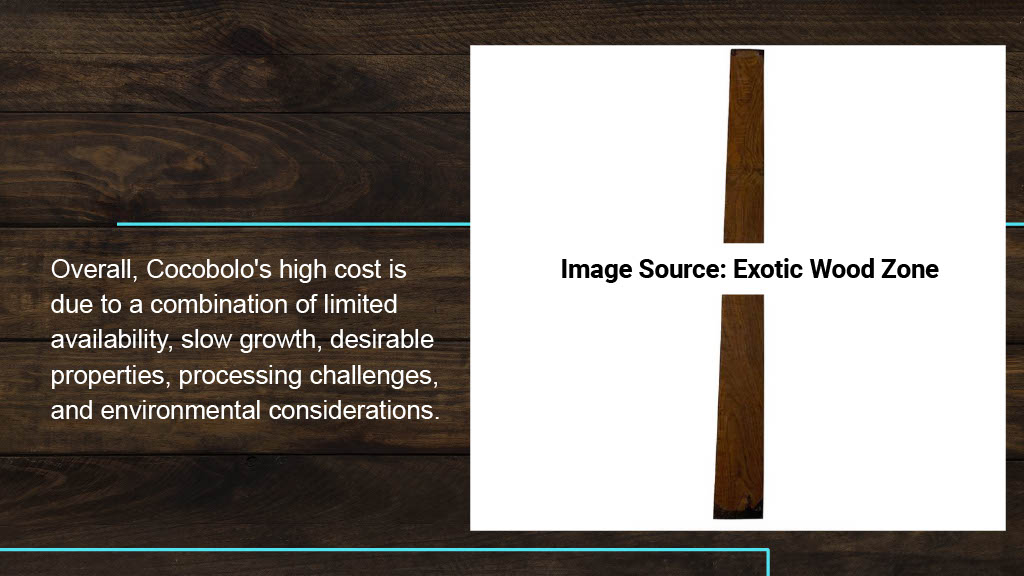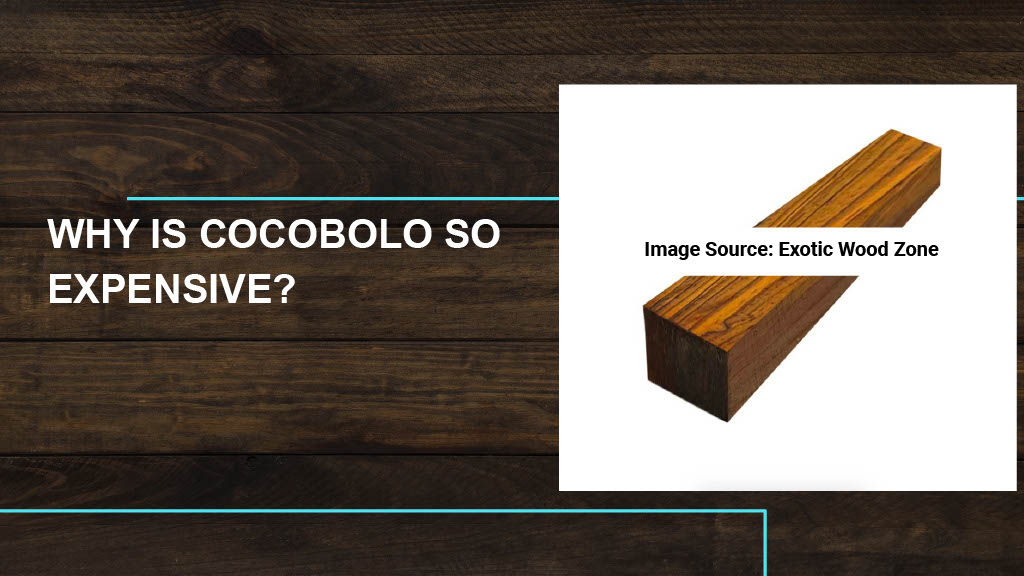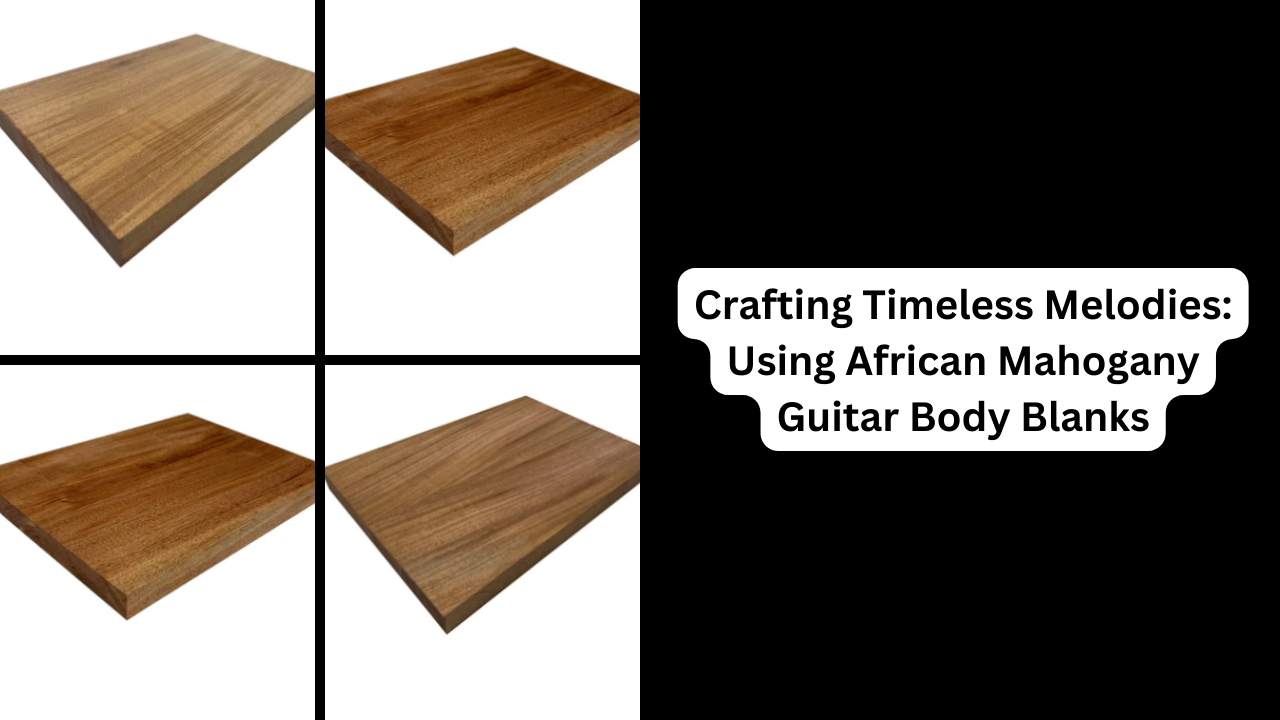Introduction:
In the realm of guitar workmanship, every detail is important. Each factor, from tonewood selection to manufacturing perfection, contributes significantly to the instrument's sound and character. Among the several possibilities accessible to luthiers, African mahogany stands out as a highly regarded material for making guitar body blanks. In this essay, we'll look at the artistry and science of harnessing African mahogany to make instruments with eternal melodies.
Exploring the Properties of African Mahogany
African mahogany, formally known as Khaya spp., has a long history in the woodworking industry. This species, known for its warm, balanced tone and great workability, has gained popularity among luthiers wanting to make instruments of extraordinary sound quality and aesthetic appeal. Its straight grain and medium texture make it perfect for creating guitar body blanks, as it provides stability and simplicity of machining.
The impact on guitar tone:
One of the most intriguing elements of African mahogany is its effect on guitar tone. African mahogany instruments have a particular sound characteristic, characterized by prominent middle frequencies and a focus on warm, woody overtones. Luthiers frequently combine African mahogany body blanks with other tonewoods, such as spruce or maple, to obtain a balanced tonal character with increased projection and sustain.
Sustainability considerations:
While African mahogany's appeal in guitar building is clear, it is critical to address the sustainability issues surrounding its sourcing. Sustainable forestry techniques and responsible sourcing are critical to the long-term health of this valuable species. Initiatives fostering reforestation, habitat protection, and community participation are critical to ensuring the survival of African mahogany and supporting the people who rely on its production.
Craftsmanship techniques:
Making a guitar body blank from African mahogany takes ability, time, and attention to detail. Luthiers use a variety of processes, including bookmatching, thickness sanding, and contouring, to turn raw timber into a highly carved instrument component. Each stage in the process improves the structural integrity, resonance, and esthetic appeal of the finished result, ending in a guitar body blank ready to be fashioned into a masterpiece.
Innovation and Tradition:
While African mahogany has long been prized by luthiers for its timeless features, innovation continues to drive progress in guitar manufacturing. From cutting-edge production processes to novel design concepts, the mix of tradition and innovation pushes the limits of what is possible with this versatile tonewood. Whether creating a vintage-inspired instrument or pushing the boundaries of current guitar design, African mahogany is a constant companion on the path to producing musical marvels.
Conclusion:
As we consider the skill and expertise required to create guitar body blanks from African mahogany, we respect the amazing tonewood's long history. From its specific tonal qualities to its sustainable growing procedures, African mahogany exemplifies the ideal balance of history and innovation in the world of guitar manufacture. The everlasting melodies of African mahogany resound through each instrument crafted from its depths, enriching the lives of performers and lovers alike.
Check out for more information Exotic Wood Zone.
